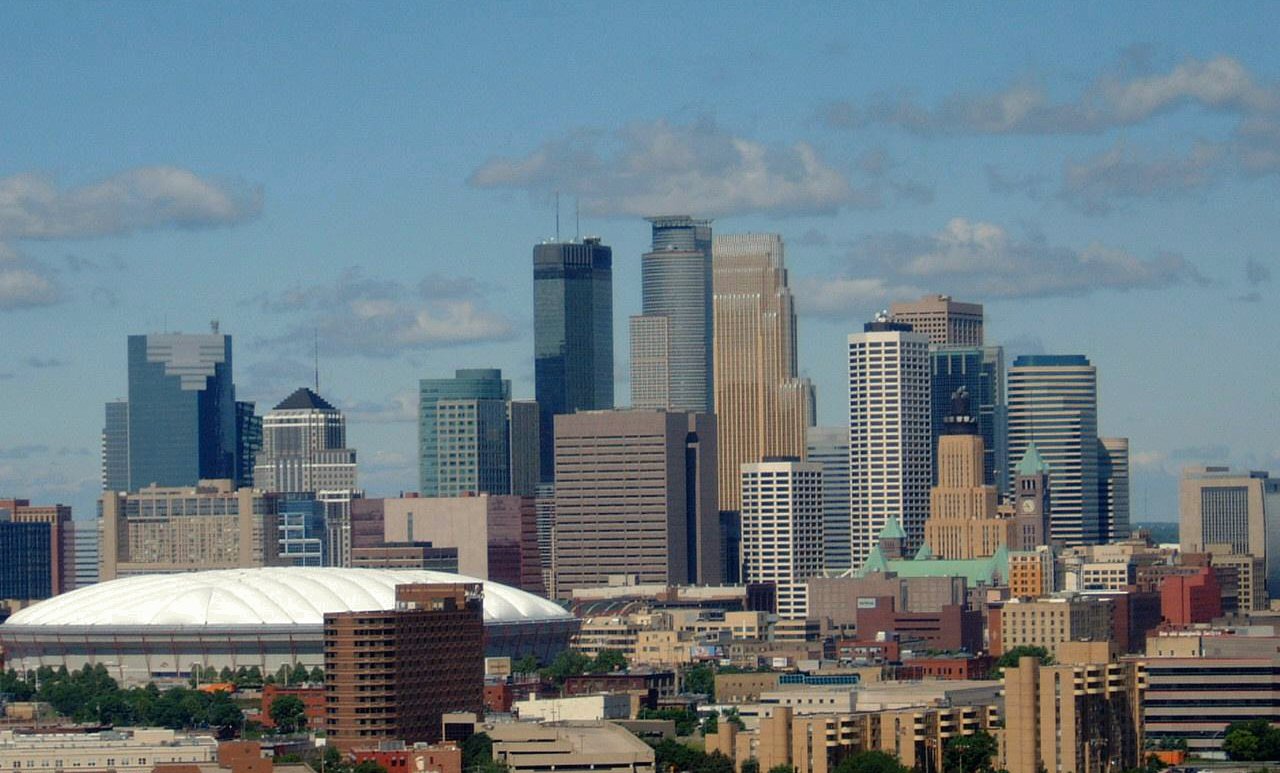
Matt Doll, Minnesota Environmental Partnership
Two weeks ago, we reported on the welcome push by Minnesota legislators to pass a bill to ensure our state reaches 100% carbon-free electricity by 2040. This is a worthy effort, but there is a critical environmental justice issue at play within the discussion: whether or not to continue counting the incineration of garbage and other waste to produce electricity as a “renewable energy source.” How the legislature answers this question could have a major impact on quality of life for many people in Minnesota’s environmental justice communities.
It should be stated off the bat that garbage is not a renewable resource. While the majority of garbage is indeed from organic sources, plastics, metals, and other nonrenewable materials make up more than a quarter of solid waste in the United States. Burning plant material for power is at best carbon neutral, as it releases the plants’ stored carbon into the atmosphere, while burning petroleum products like plastic is more harmful.
Locally, waste incineration is an environmental health issue. Incinerators emit harmful substances like nitrogen oxide, sulfur dioxide, and even mercury into the local air, contributing to respiratory and neurological conditions.
It should come as no surprise that most incinerators in Minnesota, much like other sources of pollution, tend to be concentrated in environmental justice communities – communities where larger populations of people of color or people of low incomes tend to live.
Incinerators are part of a pattern visible throughout the state. Nuclear waste is stored on the land of the Prairie Island Indian Community. Oil pipelines run through Ojibwe treaty lands. Communities of color in Minneapolis tend to have substantially higher temperatures than white neighborhoods. These aren’t accidents or coincidences: they’re the consequence of generations of political decisions that force people of color to bear the costs of pollution.
Perhaps the most well-known waste-to-energy incinerator in Minnesota has the benign-sounding name of the Hennepin Energy Recovery Center (HERC) in downtown Minneapolis. It’s located just north of Target Field, on the edge of the diverse, majority-Black Near North community, where rates of asthma and other respiratory conditions are higher than in other parts of Minnesota.
Local advocates have been fighting to get HERC shut down or operations reduced for years, but have not yet been successful. For their part, Hennepin County and the Minnesota Pollution Control Agency have said that because HERC has rarely exceeded the allowable emissions level of its permit, it must continue to operate. That’s cold comfort to Minneapolis residents: as we know from other cases (perhaps mines, factory farms, or oil pipelines will ring a bell) an MPCA permit is not a mystical barrier against pollution.
HERC is one of six incinerators in Minnesota (out of seven total) identified by the Global Alliance for Incinerator Alternatives (GAIA) as being within three miles of an environmental justice community; the other five are in Alexandria, Fosston, Mankato, Red Wing, and Rochester. Along with the other incinerator in Perham, the number of people who live within three miles of these facilities is more than 300,000 – about 1 in 20 Minnesotans.
What’s the solution?
At the very least, these incinerators should not be included as renewable energy sources for the myriad of reasons listed above. Rep. Frank Hornstein of Minneapolis offered an amendment to the new 100% clean energy legislation that would make this change for HERC.
Ultimately, policy makers should listen to the environmental justice communities they are meant to serve and take incinerators like HERC offline, while addressing the waste stream in a sustainable way. Therein lies the challenge: what do we do with our garbage?
The most common argument made in favor of incinerators is that they are a necessary evil that prevents garbage from ending up in landfills, where it would cause methane production with an even worse climate impact. Indeed, landfill use should be avoided. The solution we come up with will need to be more nuanced.
Again, the vast majority of waste is organic in nature, so municipal compost collection – a much more carbon-beneficial practice – should be expanded. Recycling can also be scaled up where necessary, especially for metals.
But beyond simply managing the waste we produce, we need to seriously reduce (the most important of the famous three R’s) the waste stream on the front end. That means reforms to packaging practices, legal protections for repairing – rather than replacing – high tech devices, and ending our addiction to cheap plastics.
This transition won’t always be easy, and there will be significant costs. But right now, the costs of our current system are being paid by environmental justice communities. We can’t afford the status quo.
Read More:
Insight News, December 2020: Re-examine the HERC incinerator through the lens of environmental justice
Minnesota Spokesman-Recorder, September 2020: ‘We can’t breathe’—stop the pollution in Black communities
Institute for Local Self-Reliance, December 2018: Report: Waste Incineration: A Dirty Secret in How States Define Renewable Energy